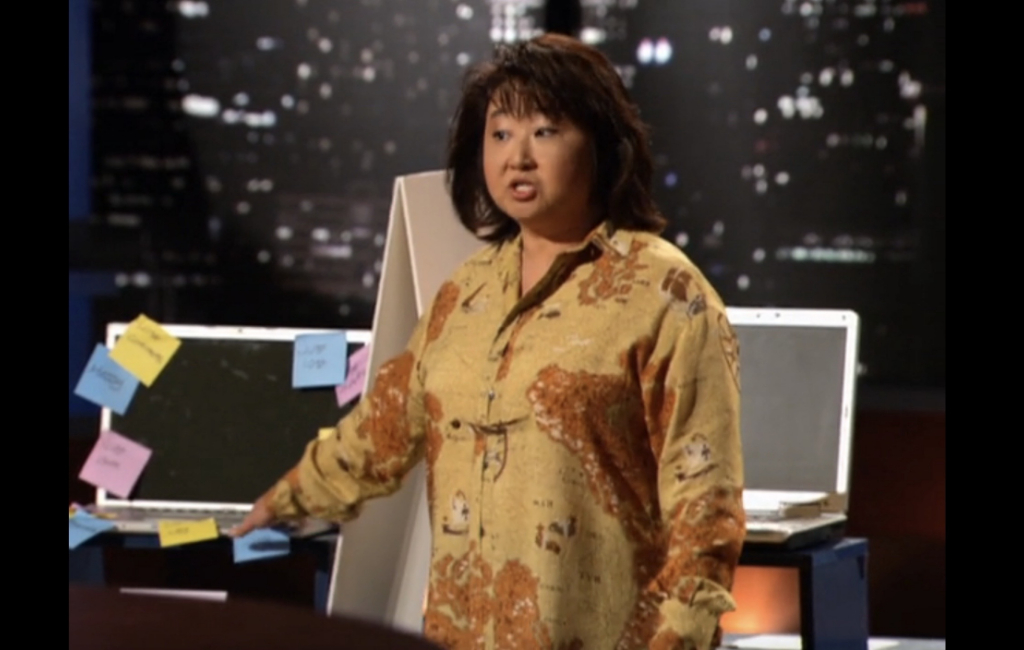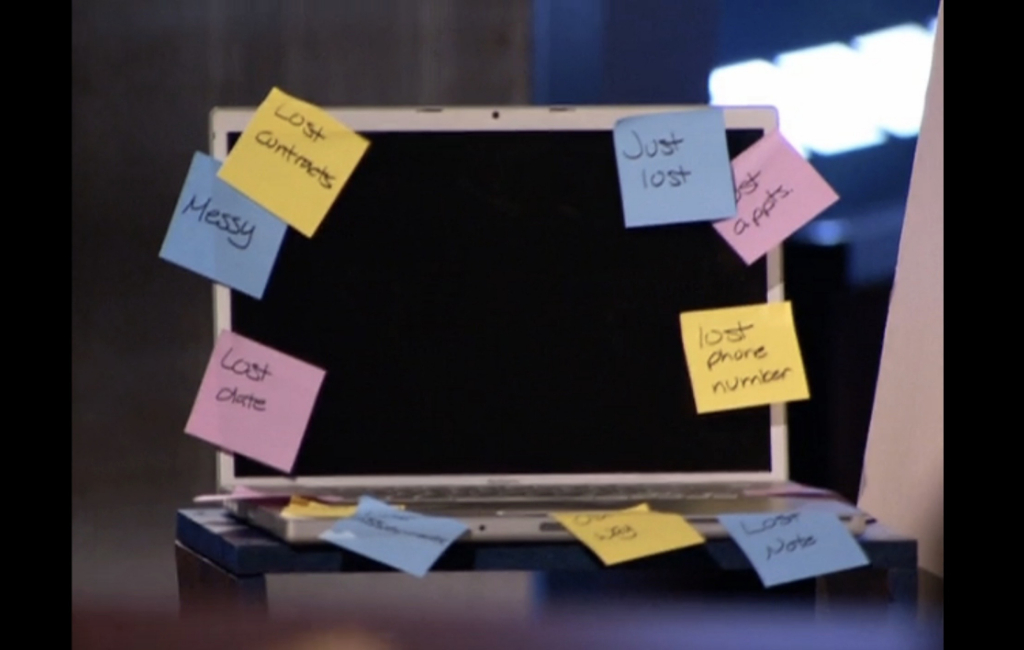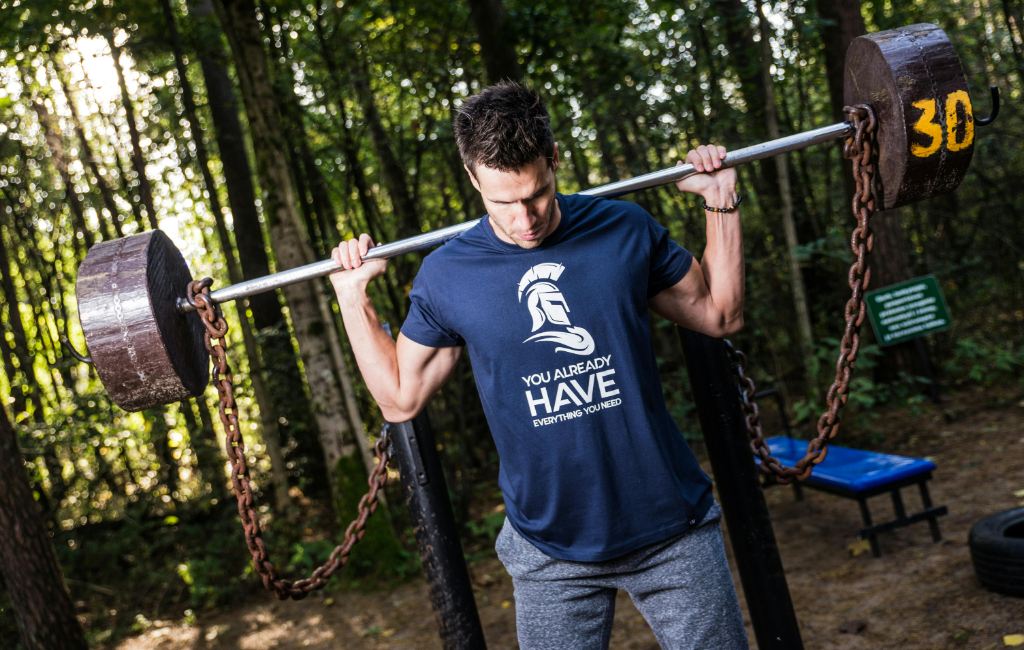Sticky Note Holder

NO DEAL
EPISODE SUMMARY
🕓 Air Date: August 16, 2009
Asking For:
$100,000 for 20%
Investor:
No Deal
Deal:
No Deal
PRODUCT SUMMARY
Sticky Arm is a device designed to keep sticky notes in place and organized while working at a computer.
WATCH HERE
IN A RUSH?
Click these to jump to the section you want to read.
Background Story
Mary Ellen Simonsen, the founder of Sticky Arm, embarked on her entrepreneurial journey out of a simple yet frustrating experience common to many office workers: the perpetual struggle with sticky notes. Mary Ellen’s background is rooted in a desire for practical solutions to everyday problems. Before diving into entrepreneurship, Mary Ellen likely had experience in office administration or another field where sticky notes are commonly used for organization and reminders.

The genesis of Sticky Arm can be traced back to Mary Ellen’s own exasperation with the inefficiencies of traditional sticky note usage. Tired of constantly losing and repositioning her notes while working at her computer, Mary Ellen saw an opportunity to innovate. Determined to streamline this process, she set out to develop a solution that would keep sticky notes in place and organized, enhancing productivity and reducing frustration for herself and others in similar situations.

Driven by her firsthand experience and entrepreneurial spirit, Mary Ellen conceived the idea for Sticky Arm, a sleeve-like attachment designed to secure sticky notes to laptops or desktops. Her vision was to create a simple yet effective tool that would revolutionize the way people interact with sticky notes in the digital age. With this goal in mind, Mary Ellen poured her energy and resources into bringing Sticky Arm to life, believing in its potential to solve a widespread problem and make a meaningful impact on users’ daily workflow.
The Product
Sticky Arm is a practical and innovative solution designed to revolutionize the way users interact with sticky notes while working at their computers. This sleeve-like attachment offers a simple yet effective way to keep sticky notes in place and organized, eliminating the frustration of constantly losing or repositioning them.
The product works by securely affixing to the edge of a laptop or desktop computer, providing a dedicated space for users to attach their sticky notes. With its swing mechanism, users can easily fold the sleeve into the computer when not in use, keeping the sticky notes conveniently accessible yet out of the way.
Sticky Arm offers several benefits to users, including enhanced organization, increased productivity, and reduced clutter on the workspace. Its durable construction ensures long-lasting performance, while its compact design makes it ideal for use in various settings, from offices to coffee shops.
Customers can purchase Sticky Arm directly from the company’s website or through select retail partners. The product is priced competitively at $9.50 each, making it an affordable and accessible solution for individuals seeking to improve their workflow and productivity. With its user-friendly design and practical functionality, Sticky Arm is poised to become a must-have accessory for anyone who relies on sticky notes for organization and task management.

How It Went
The company’s position before Shark Tank
Sticky Arm’s company performance is marked by its early-stage status, characterized by limited sales and a need for further development. At present, the company’s health and position are primarily determined by its founder’s dedication and vision rather than substantial revenue or market presence. Sticky Arm may not have established partnerships with major corporations or wholesalers given its nascent stage. However, the company likely targets individual consumers and small businesses as its primary customer base. This demographic includes office workers, students, freelancers, and other professionals who rely on sticky notes for organization and productivity.

Funding for Sticky Arm is likely sourced from the founder’s personal investment and possibly small loans or grants. Given its modest capital requirements, the company may not have sought external investors or venture capital funding yet. As such, Sticky Arm’s financial situation may be relatively stable, with manageable expenses and limited overhead costs. In terms of profits and losses, Sticky Arm may be operating at a break-even or slight loss due to initial expenses related to product development, marketing, and overhead. However, with strategic planning and execution, the company has the potential to achieve profitability as it gains traction in the market and increases sales volume.

The company’s current structure likely revolves around a small team consisting of the founder, possibly a few employees or contractors involved in product development, marketing, and sales. With a lean organizational setup, Sticky Arm can remain agile and responsive to market feedback while minimizing operational expenses. Looking ahead, Sticky Arm’s success will depend on its ability to capitalize on market opportunities, refine its product offering based on customer feedback, and execute effective marketing strategies to drive sales and brand awareness. By focusing on these key areas, Sticky Arm can position itself for sustainable growth and success in the competitive workspace organization market.
The Negotiations:
During the negotiations, Mary Ellen Simonsen faced skepticism from the Sharks due to the lack of sales and perceived value of Sticky Arm. Mary Ellen initially sought $100,000 for a 20% equity stake in the company. However, the Sharks expressed doubts about the product’s market potential and pricing strategy. Kevin O’Leary was particularly critical, questioning the feasibility of selling Sticky Arm for $9.50 and expressing disbelief that anyone would pay that price.

Daymond John echoed these concerns, advising Mary Ellen to abandon her pursuit of a patent and explore other business opportunities. Despite the negative feedback, Barbara Corcoran expressed admiration for Mary Ellen’s entrepreneurial spirit but ultimately declined to invest, citing the product’s limited appeal and market demand. Robert Herjavec and Mark Cuban also opted out, highlighting the need for a stronger value proposition and sales track record.

Ultimately, Mary Ellen failed to secure a deal with the Sharks. While some Sharks saw potential in Sticky Arm as a novelty item for a niche market, they were unwilling to invest due to concerns about its scalability and profitability. However, they commended Mary Ellen for her determination and encouraged her to explore alternative avenues for her entrepreneurial endeavors.







